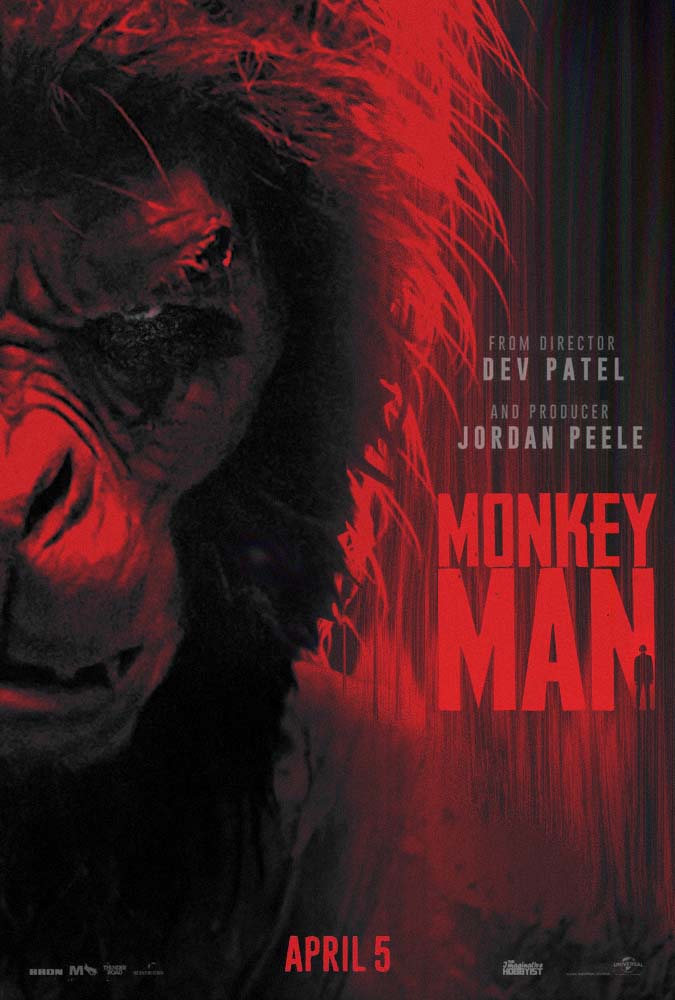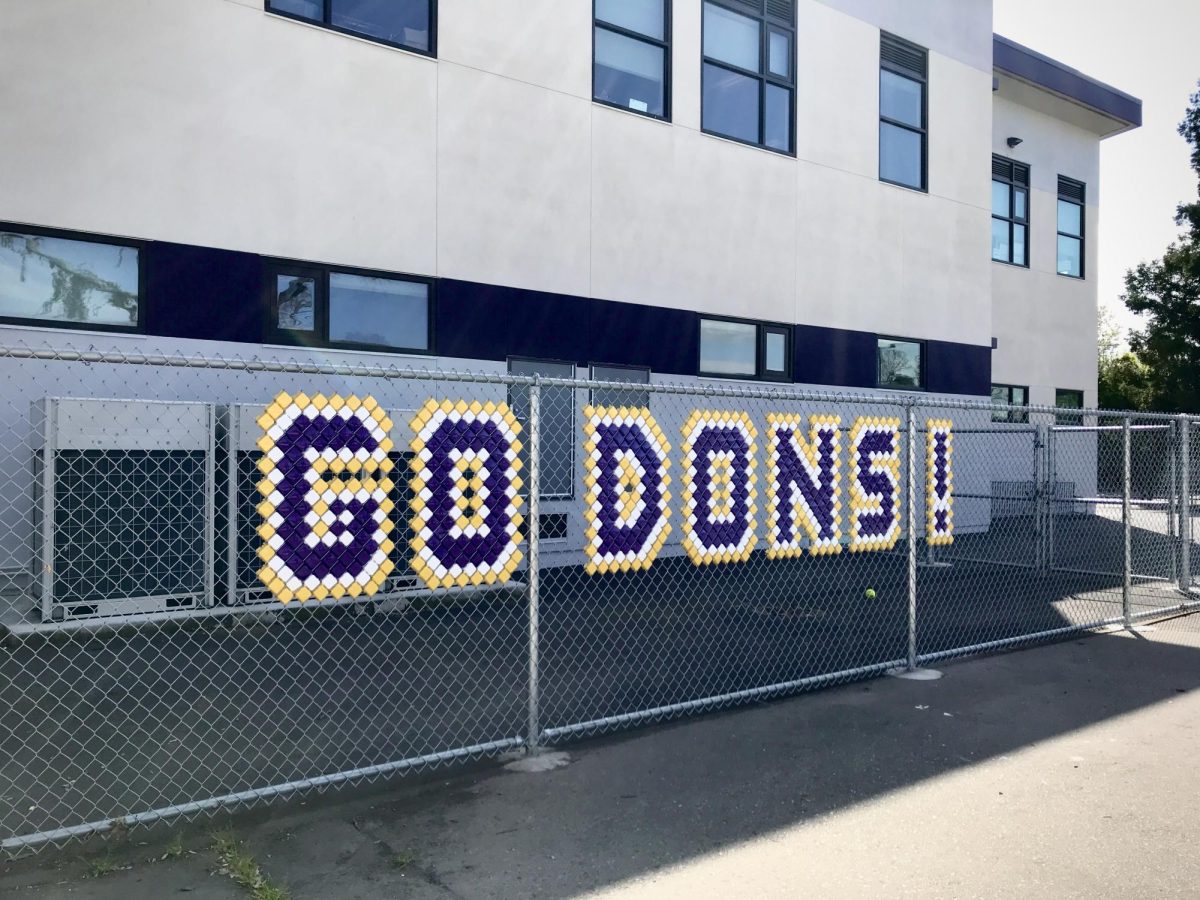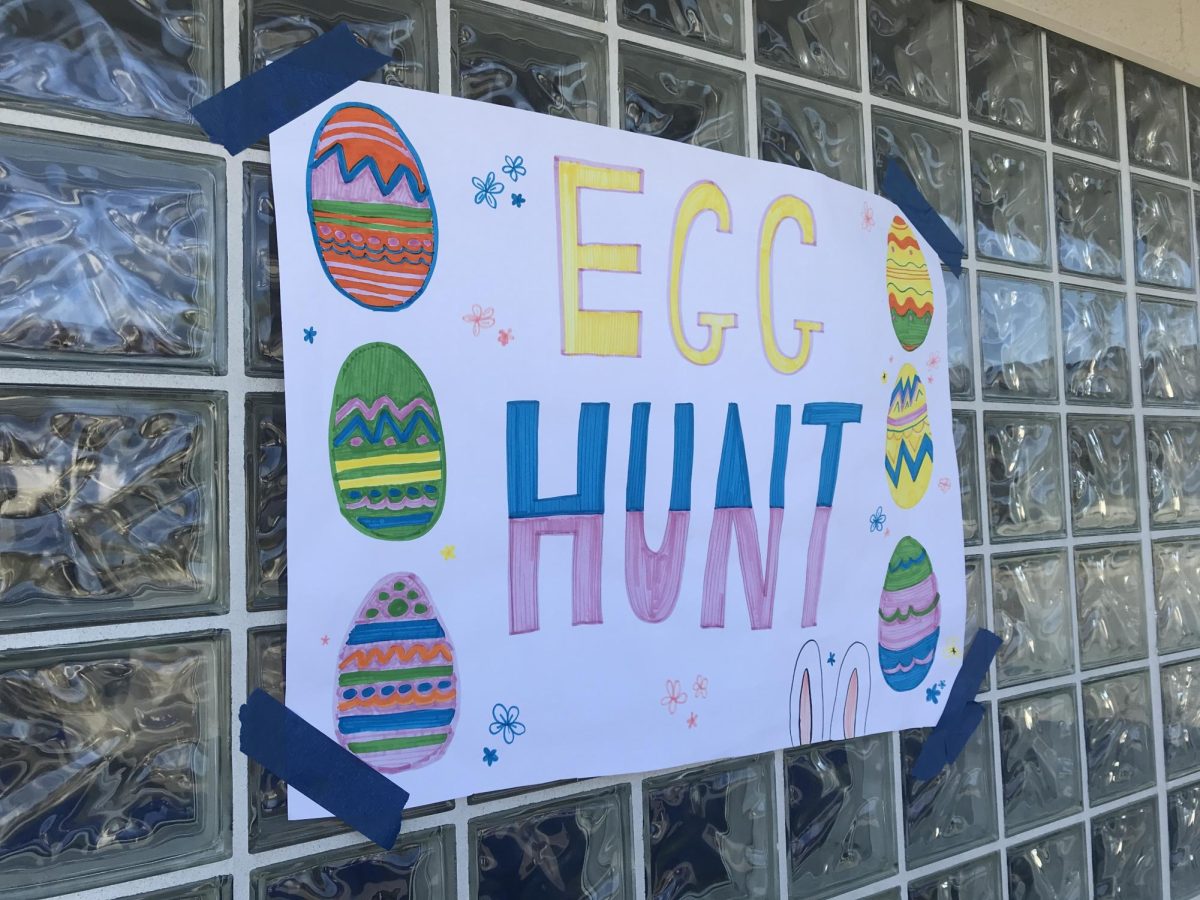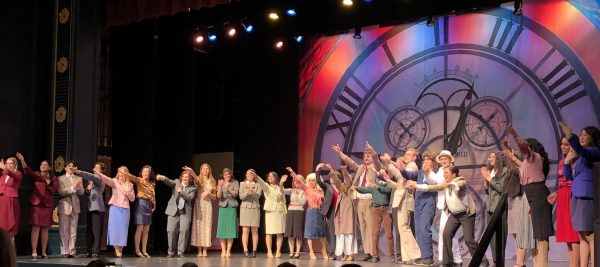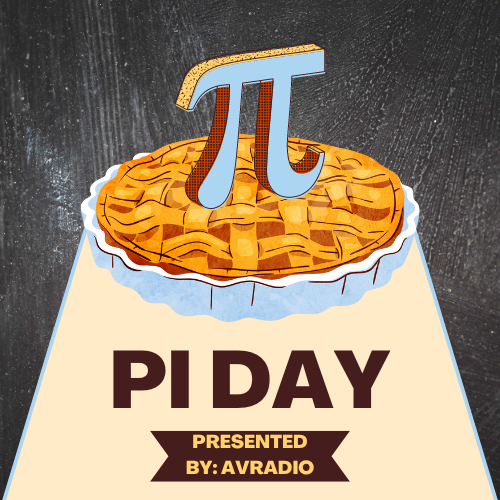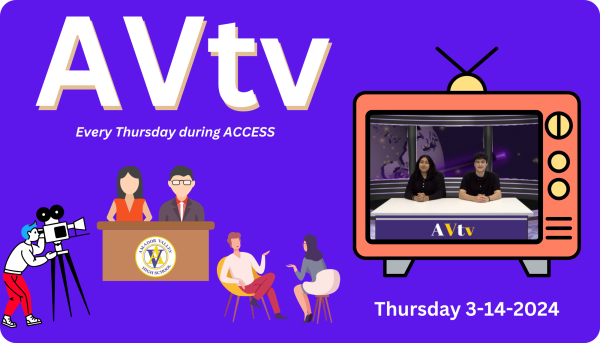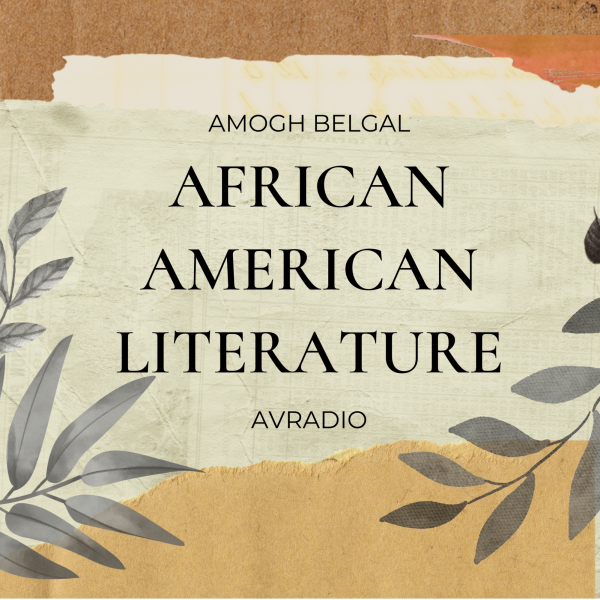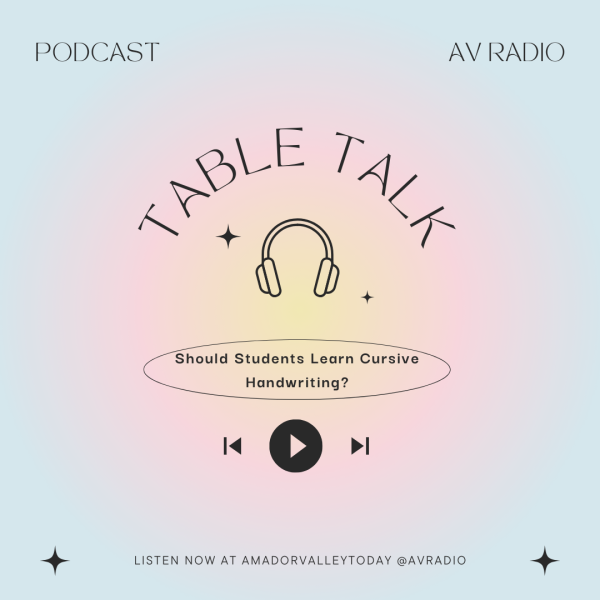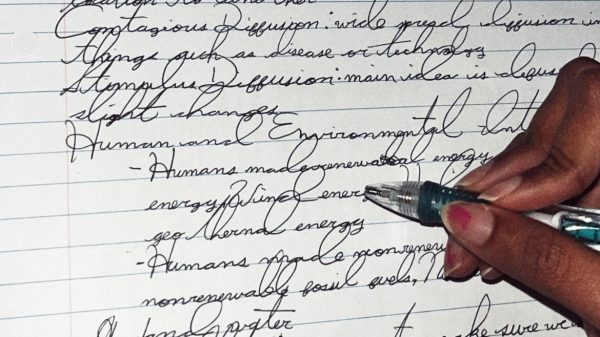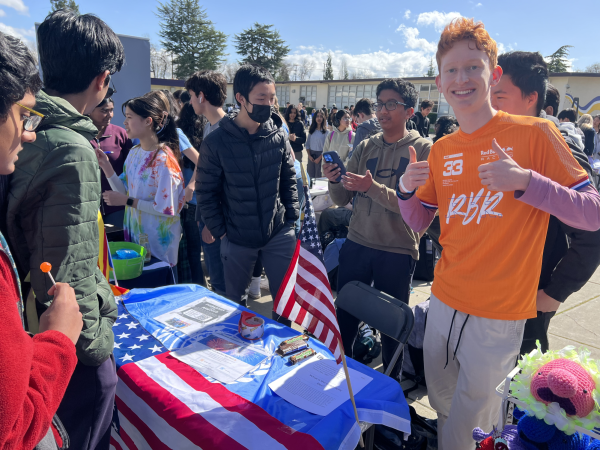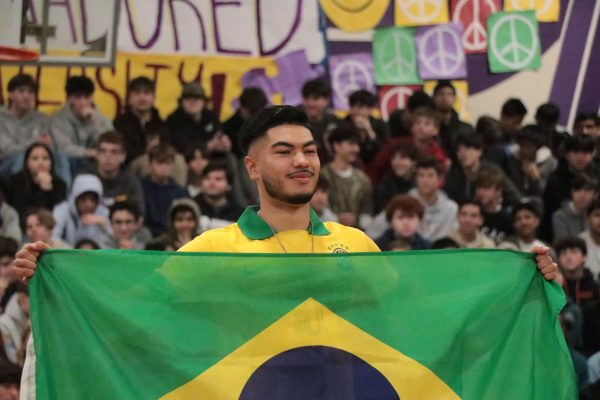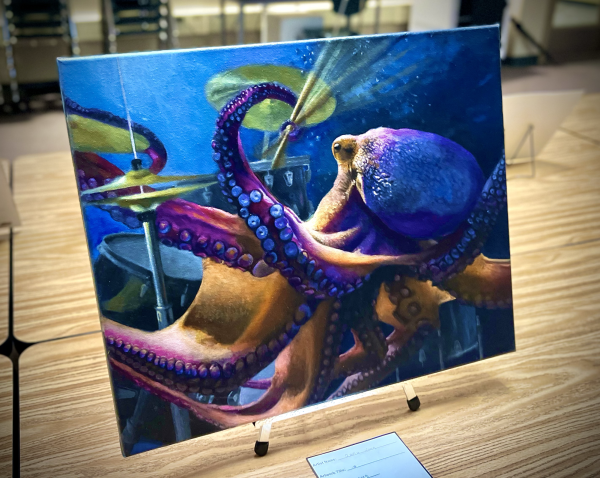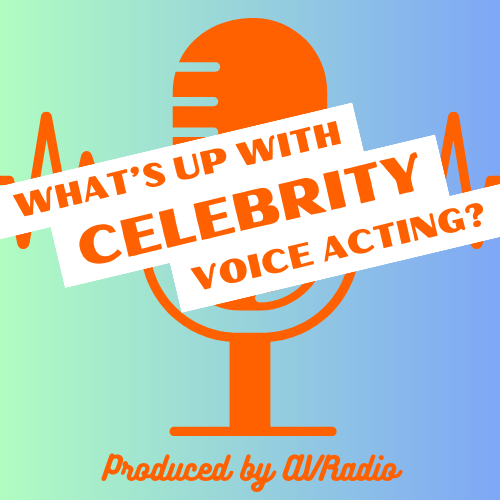The Bias That Binds Us
December 18, 2019
The Bias That Binds Us
https://youtu.be/uQH1bfFEQds
One may prefer pen over pencil, or one gender over another, or one type of person over another. This person would have a bias, or a preference of something over another that is usually seen as unfair or racist to others, depending on the situation. Bias is usually subconscious, but how is a bias formed in a person’s mind?
First off, there are many different types of bias. Some types of Bias include Selection bias, Self-selection bias, Recall bias, Observer bias, Survivorship bias, Omitted variable bias, Cause-effect bias, Funding bias, and Cognitive bias according to Tomi Mester. Many biases are formed by societal and parental conditioning, according to Dr. Pragya Agarwal. One type of bias, called a statistical bias, is formed from an unfair sampling of, or an inaccurate estimation process, to a group of people or objects.
One of the biggest problems that biases cause today is the effect that they have on employment. According to a Forbes.com article, about 90% percent of all professors are white men, and only about 25% of female teachers are at a professional level, revealing a race and gender bias in the employment of college professors alone.
Similarly, out of the many men and women scientists that are specifically trained and educated for certain projects, a male scientist is more likely to be hired. Not only would the male be preferred over females, but the male would also be paid $4,000 more than the female, according to the same Forbes.com article.
Because of all of the negative effects a bias can have, how can we eliminate them from one’s thought process? The first step to eliminating a bias would be to recognize that one has a bias because of bias in the subconscious and not easily recognizable to the individual. According to Andrew Blackman, Strategies to eliminate biases include increasing your contact with the relevant group, blinding yourself, structuring your decision-making, countering the stereotypes, being conscious, offering training, and learning more.
Biased Documentary
The Bias That Binds Us Podcast
Almond Wars
Can two students with differing beliefs become friends? This is the question we set out to answer when talking to Cameron Williams and Sheena Seymour. These two students happen to have a lot in common, apart from one thing. Their opinions on almonds.
Cameron Williams in a Junior who is set to graduate in 2021. The same is true of his friend, Sheena Seymour. With all the similarities, we do have to address their differences. Cameron hates almonds while Sheena enjoys them.
“I love almonds. They taste really good, not only alone but also with Colby Jack cheese” said Sheena Seymour. (‘21’)
Of course, it is easy to understand why someone would like almonds, but disliking them is another story. That’s where Cameron comes into play.
“Almonds, while they do taste good, are very detrimental to California’s water supply. Every year the almond industry takes up 10% of California’s yearly water supply– around 80 million gallons. A single almond takes around 1.1 gallons of water to reach full maturity, and a half-gallon of almond milk takes around 30 almonds to make. Since they get almond milk by straining water through crushed almonds, it takes 33 ½ gallons of water to produce one-half gallon of almond milk.” said Cameron Williams. (‘21’)
While almond milk does take 23 gallons of water to produce one glass of it, milk takes 30 gallons per glass. Their differences didn’t stop them from becoming friends as Cameron also had this to say.
“I would be friends with someone who likes almonds, however, I would attempt to persuade them otherwise. Opposing opinions are important to productive discussion and a productive world. While I wish everyone would boycott the almond industry, it makes sense that people would disagree with my beliefs and that’s okay” said Cameron Williams. (‘21’)
It is important to remember that our differences don’t define us as people and they especially don’t define who we can be friends with.

